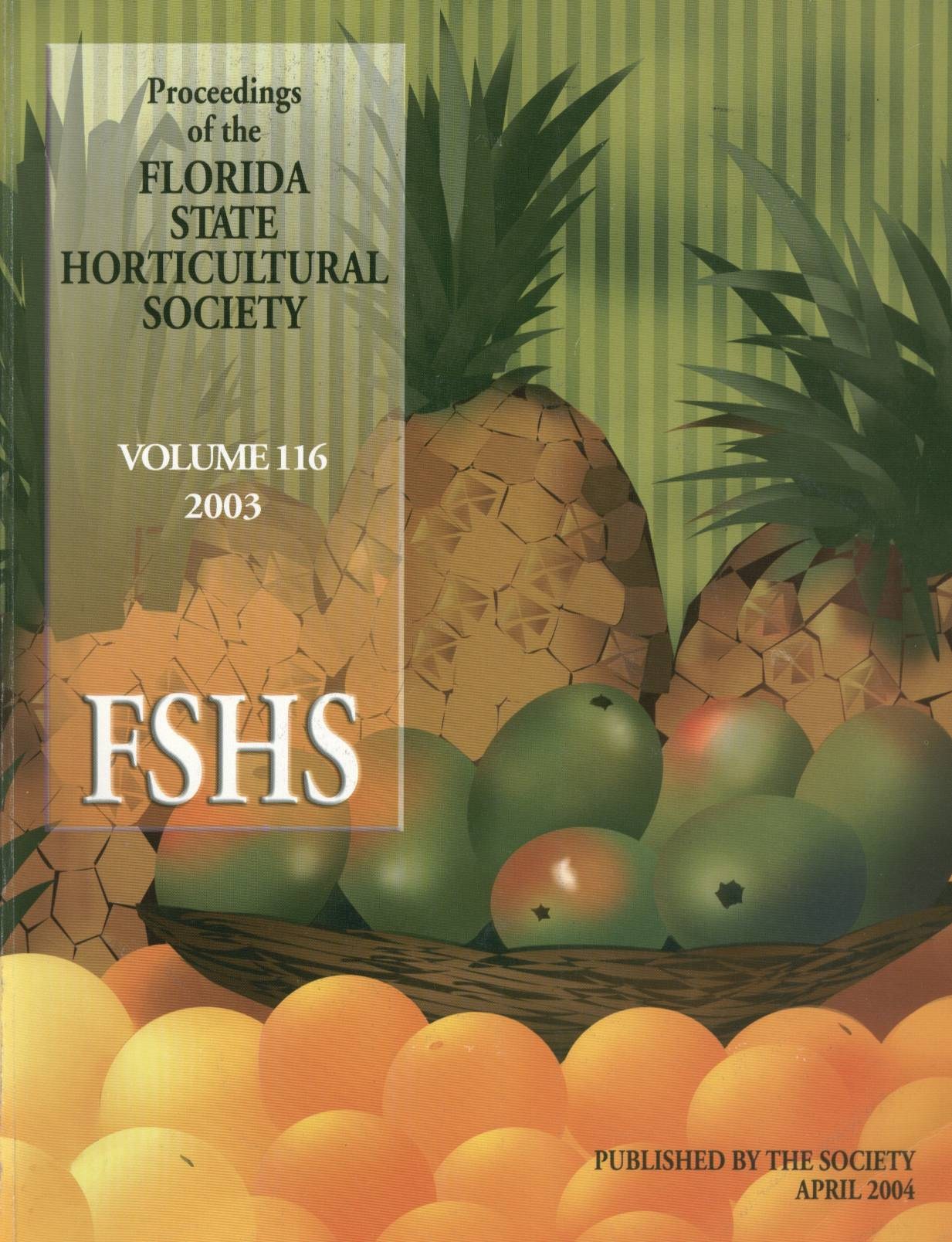Abstract
During the spring tomato growing season in north Florida and south Georgia, the primary threat to yields is Frankliniella occidentalis, or western flower thrips. Thrips feed on flower tissue, pollen, and developing fruit and transmit tomato spotted wilt virus (TSWV), which may infect plants at a rate of 10% to 50% and above during an epidemic year. Of the different IPM practices currently available, resistant varieties, UV-reflective (metallized) mulches, and acibenzolar-S-methyl (Actigard) are three tools that have shown great potential for lowering thrips numbers and incidence of TSW in fields. A survey was conducted during August and September 2002 to document tactics currently being used in north Florida and south Georgia to minimize damage caused by thrips and TSW and to determine the level of adoption of IPM practices by area growers. Of surveyed acreage, results showed that 8% of planted tomatoes utilized UV-reflective mulches, while 69% was planted using TSW-resistant varieties. Corresponding yields were 2100 boxes/ acre for reflective mulch plantings, 2068 boxes/acre for resistant varieties and 1800 boxes/acre for growers planting on black mulch without resistant varieties. Incidence of TSW was similar, with 5.7% infection when reflective mulches were used, 8% infection with resistant varieties, and 16% infection when neither IPM technique was employed. Actigard was used by 55% of growers and only 17% of growers did not use reflective mulches, resistant varieties, or Actigard in their operations to combat TSW. All growers scouted for thrips on a weekly basis, and insecticide sprays averaged 12-20 times for the spring season. Although most growers ( 75%) have adopted multiple IPM tactics for combating thrips and TSW, extension efforts should continue until all tomato operations integrate a combination of these pest management tools into their production practices.

